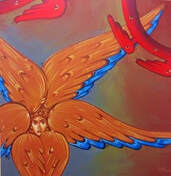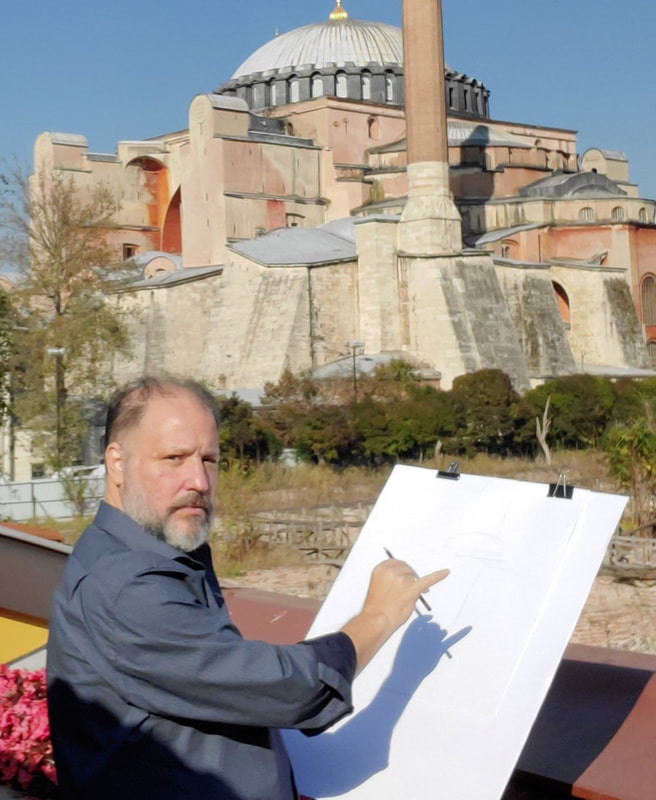|
In the realm of recent online activity within the Russian nationalist circles, there's been an intriguing attempt to rekindle the discussions surrounding the Holy and Great Council in Crete. Surprisingly enough, they've managed to connect it to the Ukraine issue – quite the imaginative leap, wouldn't you say? This perspective has gained traction among supporters who propagate this narrative across the internet. Let me treat you to a different tale, I'd like to introduce an alternative account about "Bartholomew's Kolymbari Council." This version offers a different perspective on the events, aiming to provide a more nuanced understanding. I'm genuinely curious to hear your thoughts on this rendition of events. Demonstrating unequivocally, the Holy and Great Council in Crete was anything, but the impromptu "Cretan debacle" as labeled by Jatras, a former U.S. diplomat of questionable repute who now fancies himself a mediocre blogger. The Patriarch of Moscow, a staunch supporter of the Kremlin who frequently involves himself in political affairs, asserts that armed intervention is imperative. He argues that the political processes have failed to bring noticeable improvements to innocent lives, thus advocating for military aggression disguised as protection. He consistently invokes narratives of suffering Christians, abducted clergy, and desecrated churches in regions targeted by Putin's intended invasions, echoing the same themes currently employed during the Ukrainian war. Patriarch Cyril, a prominent advocate of President Vladimir Putin, goes so far as to bless these wars as "heroic deeds" and fratricidal “war dead have their sins forgiven.” Pope Francis has cautioned Patriarch Cyril against becoming a mere instrument of Putin, dubbing him "Putin's altar boy." What’s this to do with Crete? If we travel back in time, to what seems like an eternity ago, when the Orthodox Churches reached unanimous agreement to convene a momentous Holy and Great Council in Constantinople, present-day Istanbul. This landmark event had been in the works for over 55 years, albeit with disruptions. Yet it's discernible that the Moscow patriarch's actions have escalated in terms of hypocrisy. Early in the 20th century, two inter-Orthodox assemblies occurred under the Church of Constantinople's auspices: the Inter-Orthodox Congress in Constantinople in 1923, and the Inter-Orthodox Preparatory Commission in 1930 at Mount Athos' Vatopedi Monastery. In a continuing historic bid to undermine the Ecumenical Patriarchate, the Moscow church, under Stalin's influence, hosted two conferences in Moscow in 1948 and 1958. These were the seeds of ongoing Soviet soft-power efforts which fruits are evident today. Substantial groundwork for a Pan-Orthodox Council began in September 1961 with the Ecumenical Patriarch's inaugural Pan-Orthodox Conference in Rhodes, Greece. Addressing the Conference opening, Archbishop Nikodim of Yaroslavl and Rostov, who led the delegation of the Russian Orthodox Church, in historical hindsight ironically noted: Throughout the years between 1961 and 1977, the commission addressed theological, canonical, liturgical, and other matters requiring consensus. In straightforward terms, they got to know each other in personal terms, having been separated by oppressive regional governments. In 1986, the commission's efforts set the stage for the 2016 Holy and Great Council. From 1986 to 1990, the focus was finalizing agenda items, documents touching on bishops' roles, inter-Christian relations, traditions, and practices. Pre-council gatherings took place from 1990 to 2016. Notable and lengthy meetings included those in Geneva in 1990, 1993, 1999, 2008, and Istanbul in 2013 and 2014. In 2014, Putin invades Crimea which initiates the current fratricidal war in Ukraine. This invasion and the palpable involvement of Patriarch Cyril, his Ukrainian bishops and clergy in the conflict would be instrumental as “Ukrainians shun a church seen as a Kremlin tool.” This in combination with Kremlin bishops snubbing -for a century, Kyiv’s requests for autonomy lead to the eventual granting of autocephaly in 2018 to the Ukrainian Orthodox Church by the Ecumenical Patriarchate. Moscow's self-interest also becomes manifest in its willingness to exploit geopolitical situations to its selfish perceived advantage. Whether it is leveraging political relationships or using its close ties with certain governments, the Moscow patriarch has exhibited a calculated approach to advance its own position, even if it means disregarding the collective decision-making processes that should govern the Orthodox Church. This self-interest intensified over time, as we will see.
 Nevertheless, His All-Holiness Ecumenical Patriarch Bartholomew did not allow these accusations to obstruct the council. In January of 2016 an extra-ordinary pre-conciliar gathering decided to move the venue from historic St Erine in Constantinople to the campus of the sacred Odigitria Gonia Monastery Kolymbari, Crete. This met both the ecclesiastic requirements to be held within the jurisdiction of Constantinople and geopolitical requirements not on Turkish territory “the enemy of Russia.” In the lead-up to the Holy and Great Council of Orthodox Churches on the tranquil shores of Crete in 2016, a stark contrast emerged. Moscow funded Russian nationalist groups, supported by Moscow Patriarch’s bishops and priests popped up everywhere and particularly on social media where they fomented and staged several protests against: the Ecumenical Patriarchate, Patriarch Bartholomew, the novel “Kolymbari” Council, and the west as a whole depicting them as “antichrists” and “spiritual aggressors.” Amidst the atmosphere of unprecedented unity and excitement among Orthodox Churches, Moscow's intrigues inject a deleterious allusion on the proceedings. The Ecumenical Patriarchate hosted council was meant to be a resounding affirmation of unity, canonical authority; a beacon of cohesion to the world. Yet, Moscow's actions illuminated a deep-seated desire to erode this authority and seize leadership themselves. This pattern of undermining the Ecumenical Patriarchate is far from new. Moscow's historical attempts to minimize Constantinopolitan leadership, demonstrated through its own conferences and assemblies, exemplify a long-standing ambition to this day. The 2016 council’s preparations served as the latest stage for Moscow to assert its desired dominance over the Orthodox world. Despite disagreements, everyone signed, and committed to attending. Held from June 20 to 26, 2016, on the Greek island of Crete, three of the 14 Local Orthodox Churches overtly pressured by the Moscow Patriarchate faced alleged obstacles:
Following all the modifications (agenda, date, location…), sympathetic to Moscow’s dictums were implemented, the Moscow Church continued to raise venue-related grievances via a feigned “seating chart dispute” as main reason for not attending. Meanwhile Patriarch Cyril anointed himself “adjudicator of quarrels” prioritizing the three pseudo-disagreements: “Money, Qatar, and Procedure” above Orthodox unity or even addressing these issues, at the council! Unworthy! Once more, the Moscow patriarchate's ongoing incongruous petulance was on full display, further highlighting its persistent discord. Just prior to the council's commencement, Metropolitan Hilarion (Alfeyev) Volokolamsk, accompanied by the media, journeyed to Crete with an animated sense of seriousness. His goal was to address what he deemed an "uncanonical" layout of the dais. This incident exemplified the Moscow church's divergent attitude, drawing attention away from the critical matters that Orthodoxy was meant to address. Ultimately, the Holy and Great Council of Crete stood as a testament to unity within the Orthodox Church. As the story of the Council of Crete unfolds, it serves as a testament to the enduring importance of the Ecumenical Patriarchate. In the evolving landscape of Orthodoxy, it remains a lighthouse guiding the faithful through the tumultuous waters of history. This story serves as a stark reminder that while unity remains a lofty goal, the pursuit of power and influence can cast long shadows, threatening to obscure the light of shared faith and purpose to even the noblest of endeavors.
FYIThe delegation of the Church of Russia that had been approved on May 4 had included the following bishops:
Comments are closed.
|
Most Popular Posts
Archives
August 2024
Categories
All
Αγιογράφος
Ηλίας Δαμιανάκης Άρχων Μαΐστωρ της Μεγάλης του Χριστού Εκκλησίας AuthorBy the Grace of God Archon Elias Damianakis has ministered in the study of Holy Iconography since 1980. In his biography you can read about Elias' life and on his portfolio page you can see where he has rendered some of his hand painted iconography or visit the photo galleries to see some of his work. There is a complete list of featured articles, awards and testimonials which you can visit, as well as a list of notable achievements here below. Please contact Elias for more information or suggestions for this website, thank you and God Bless. |
|
Orthodox Iconography
by the hand Sub-Deacon Elias Damianakis Hagiographos (Iconographer) Archon Maestor of The Great Church of Christ Archon of The Ecumenical Patriarchate [email protected] 727-372-0711 |
ο Άρχων Μαΐστωρ της Μεγάλης του Χριστού Εκκλησίας
Υποδιάκονος Ηλίας Δαμιανάκης -Αγιογράφος
Disclaimer: The views and opinions expressed on this site are those of the author and do not necessarily reflect the official policy or position of any organization I have been, currently, or will be affiliated within the future.
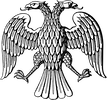
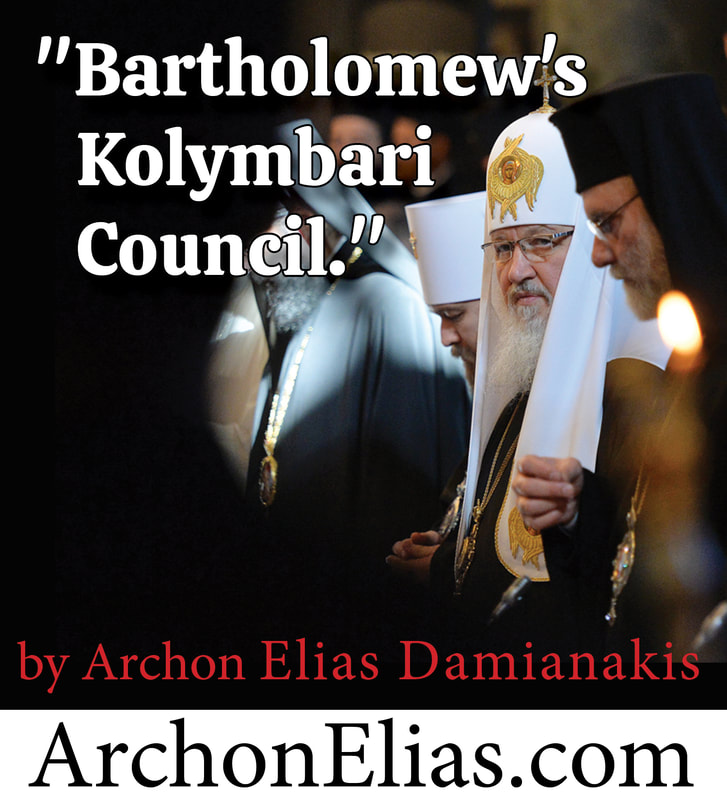
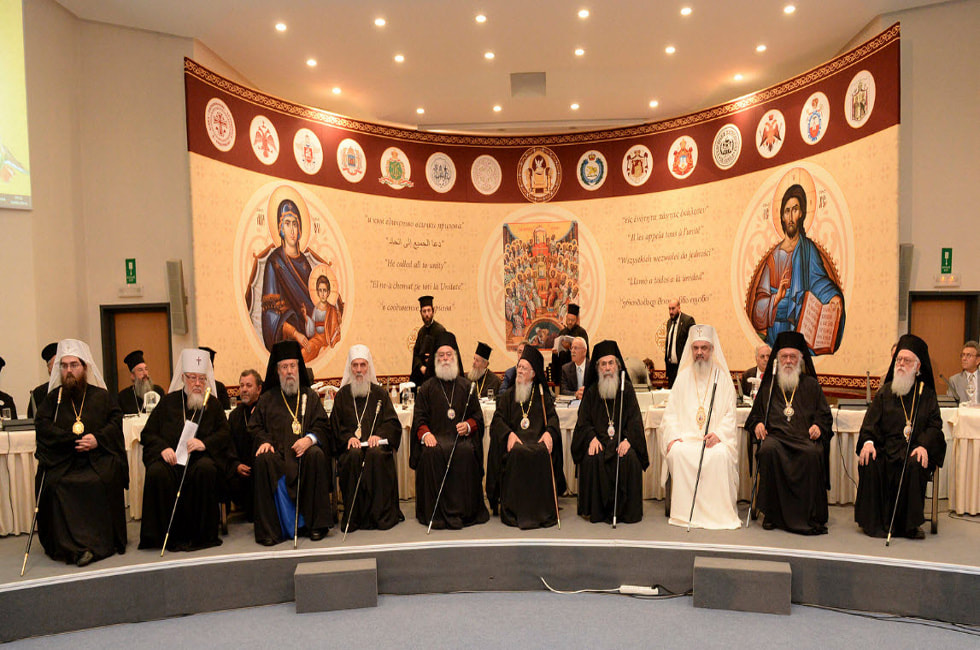

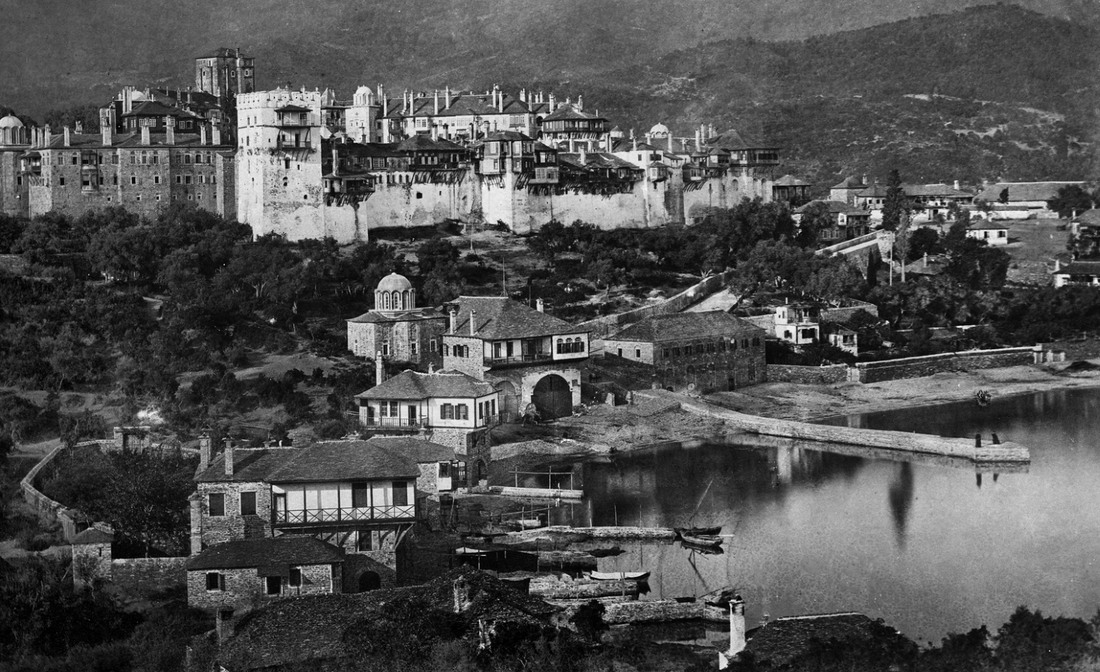



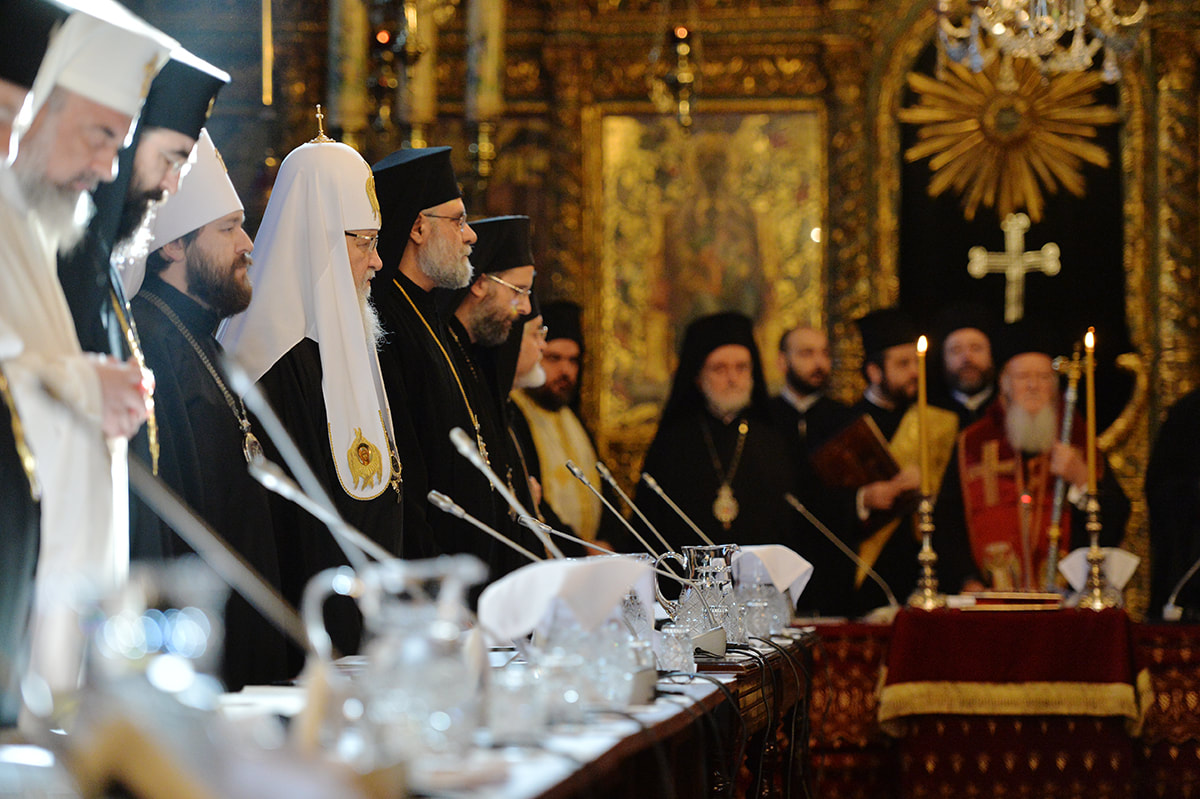
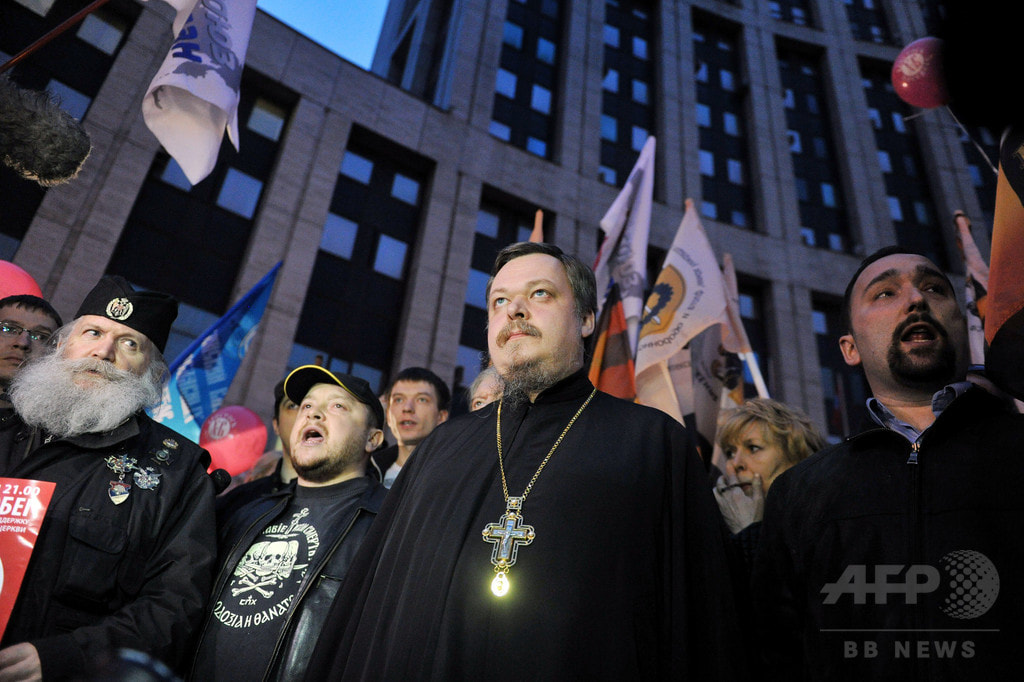
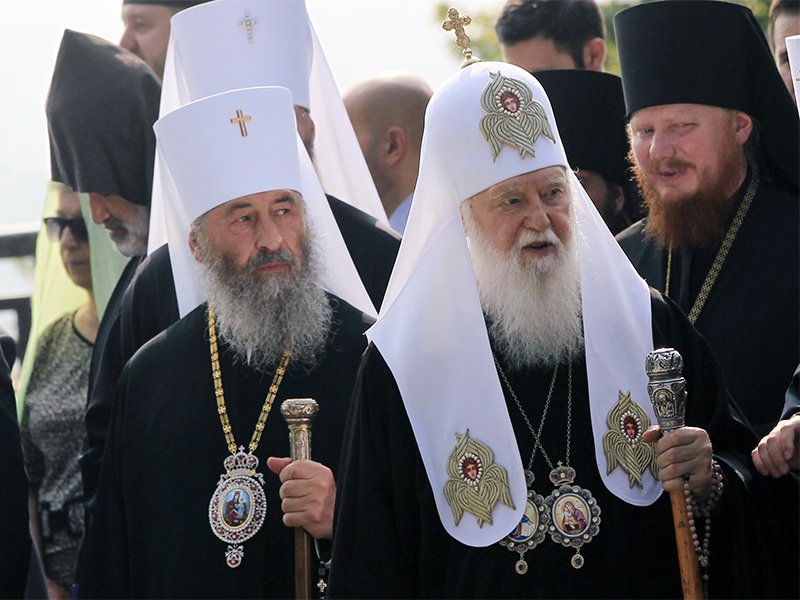
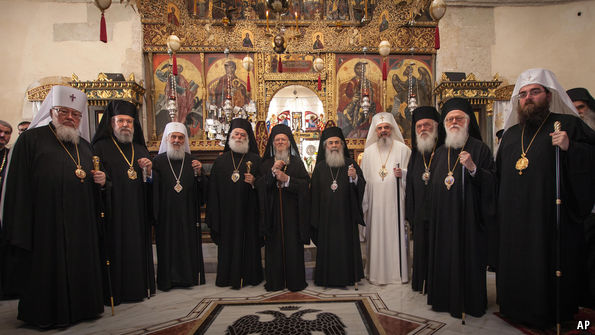

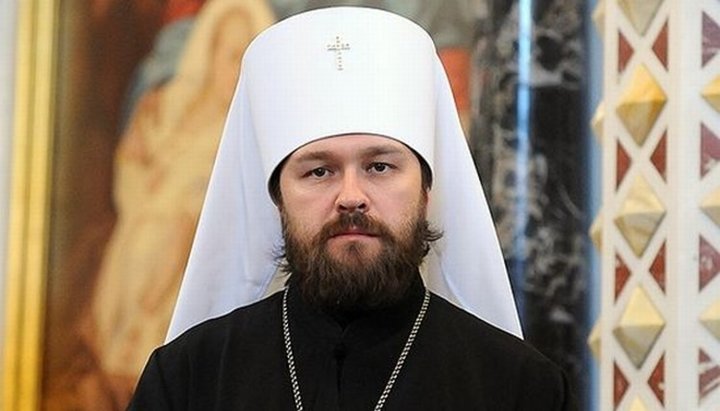
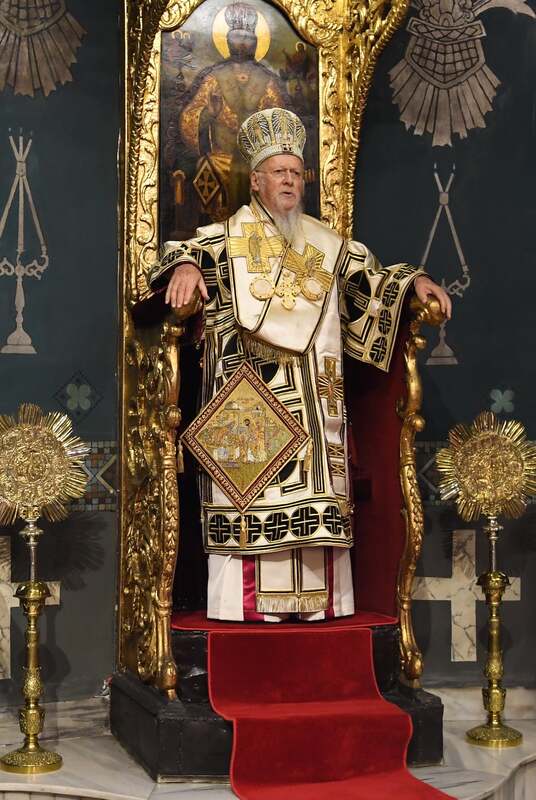

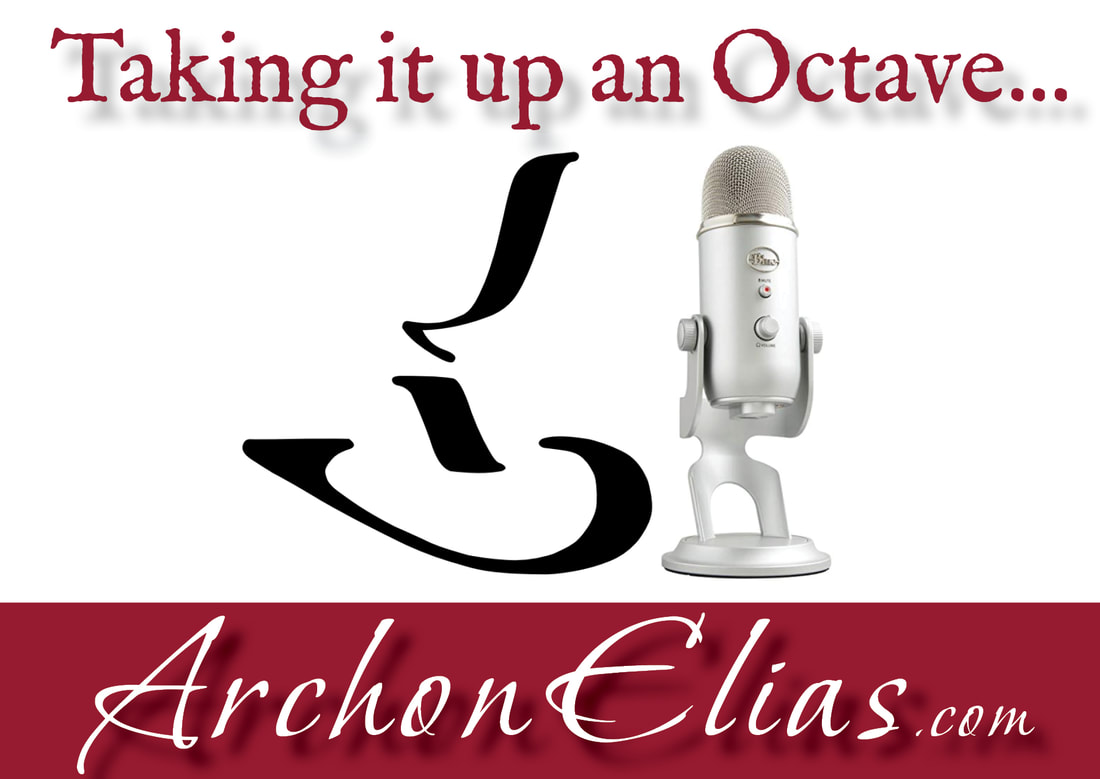
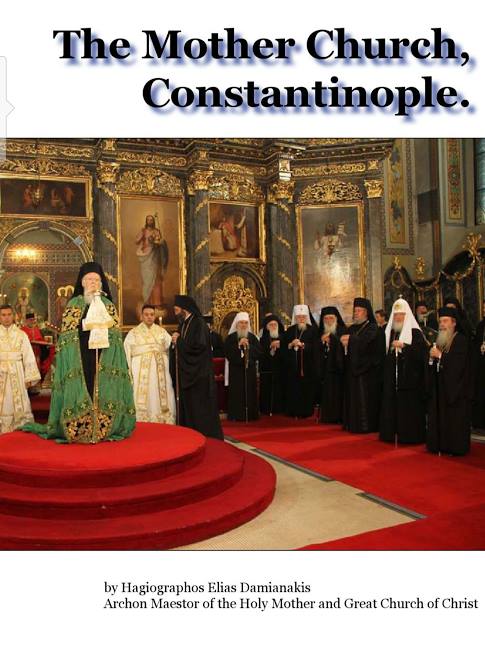
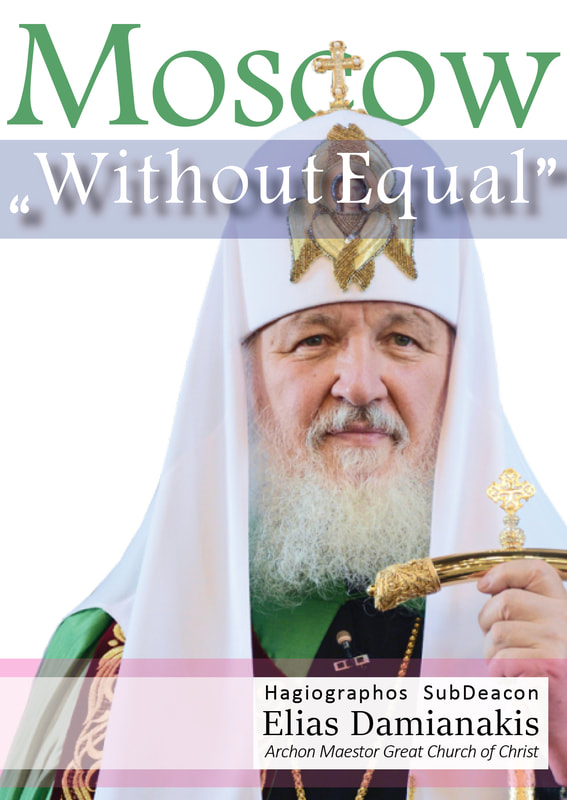
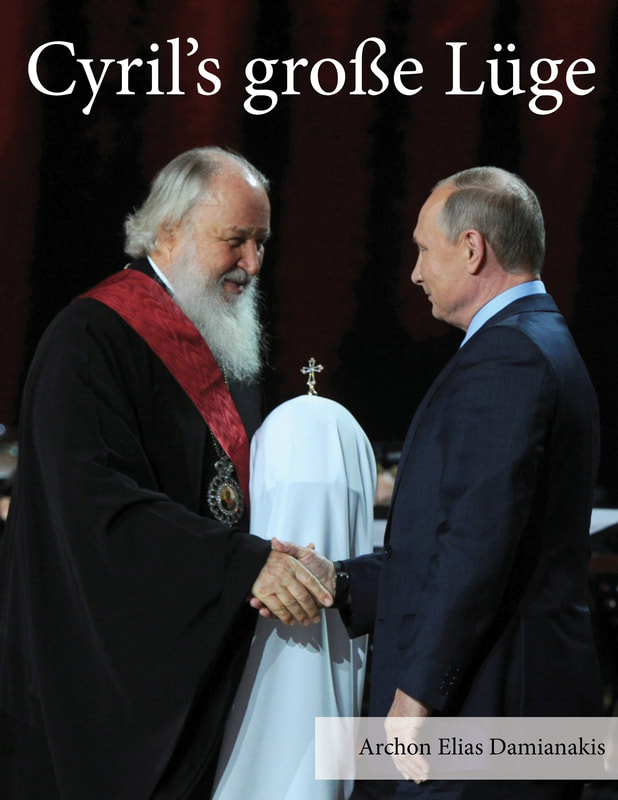
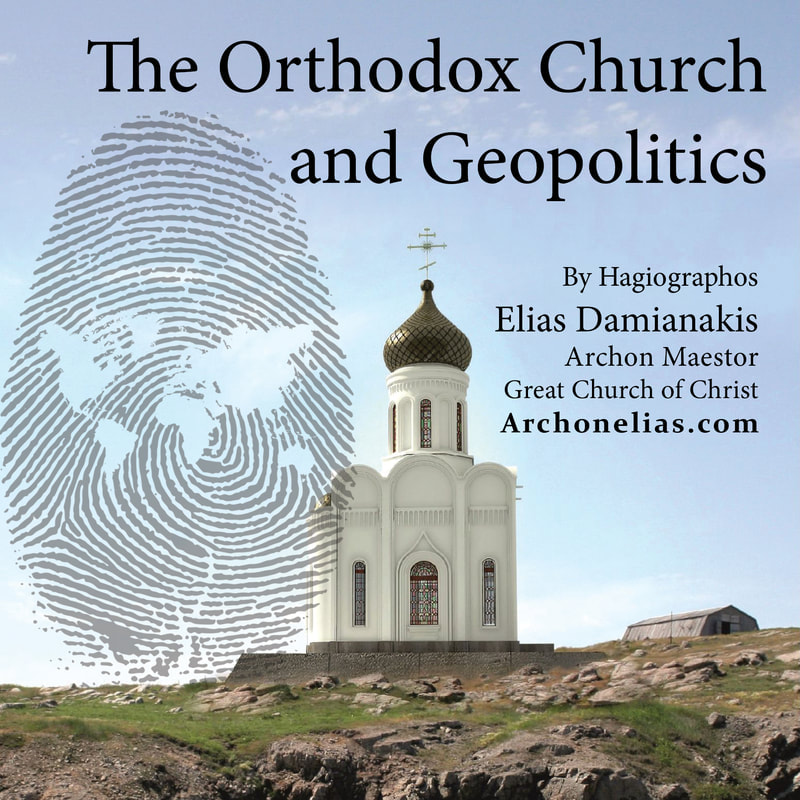
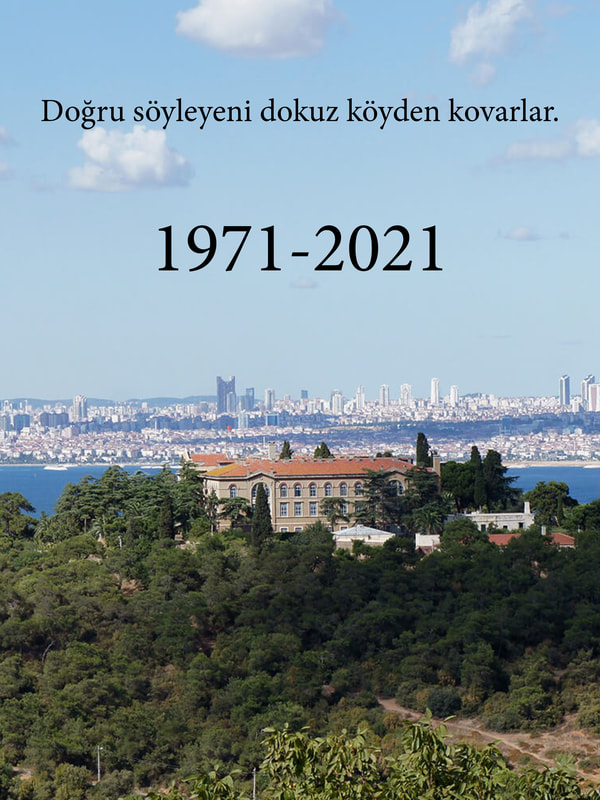
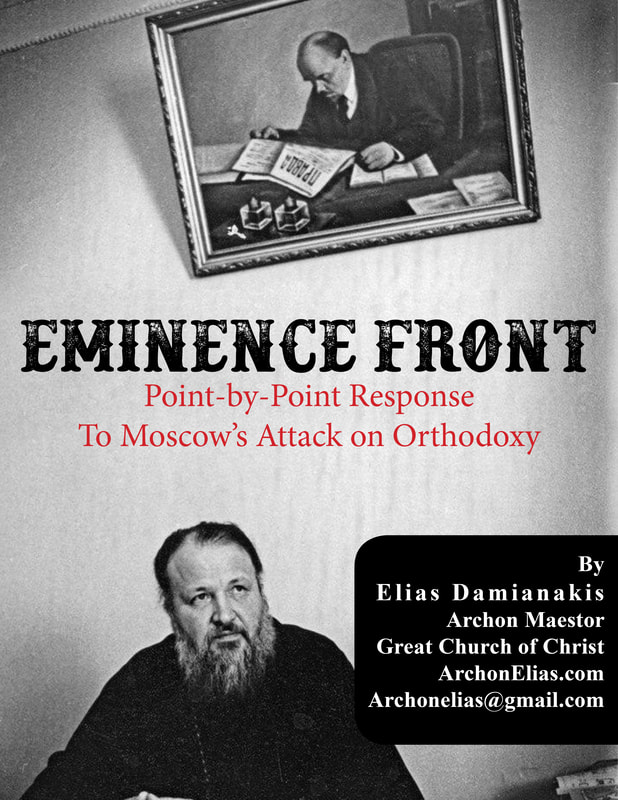
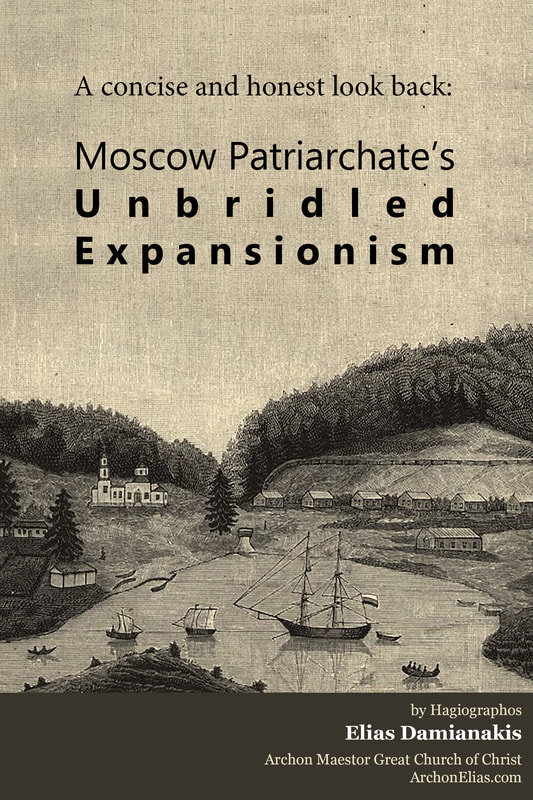
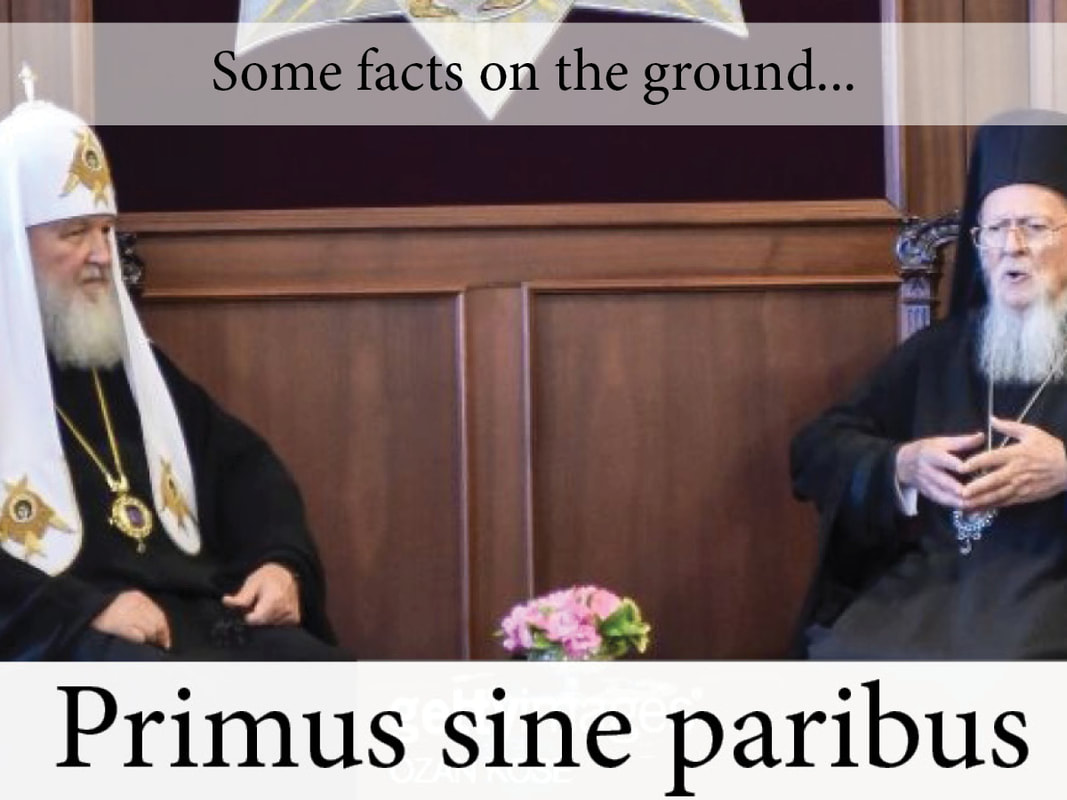
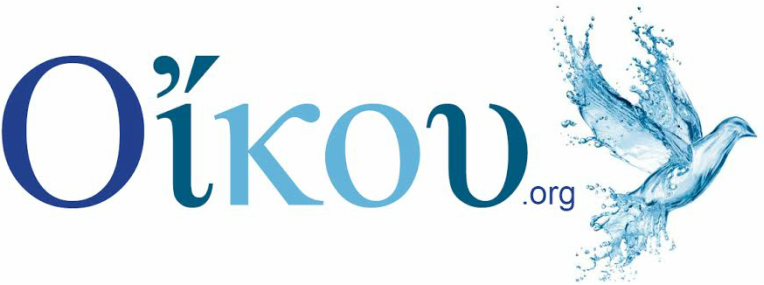
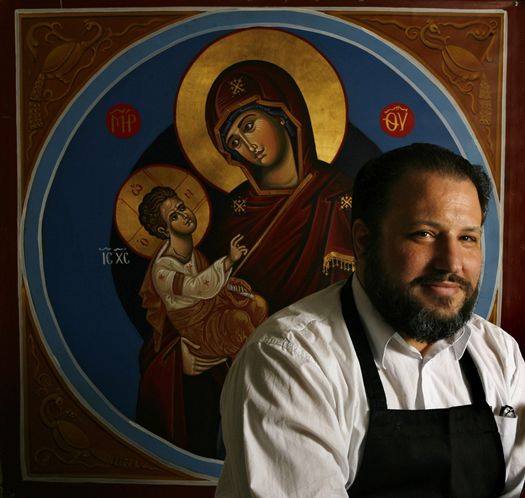
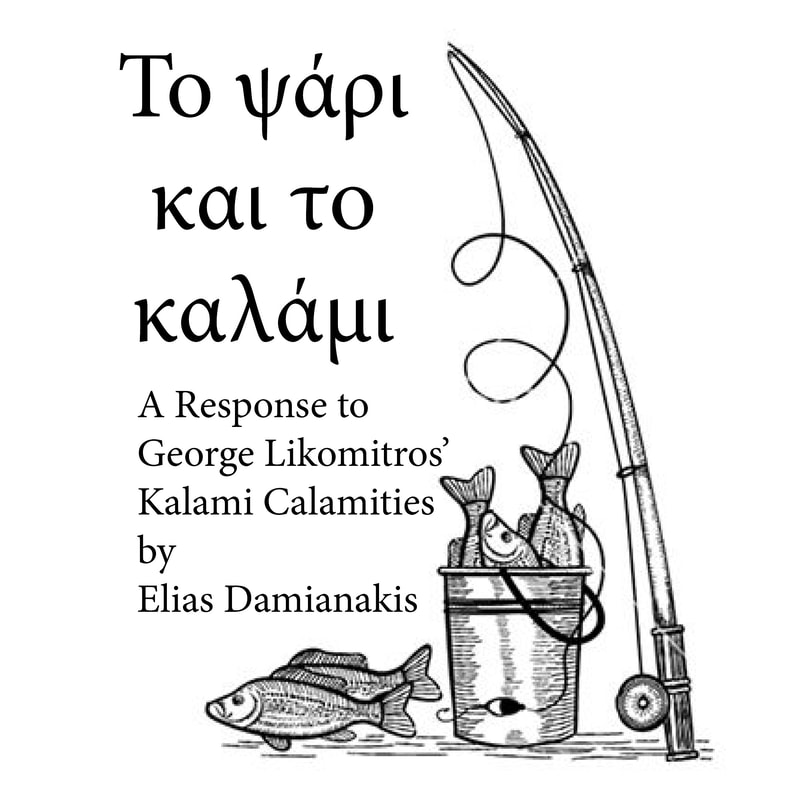
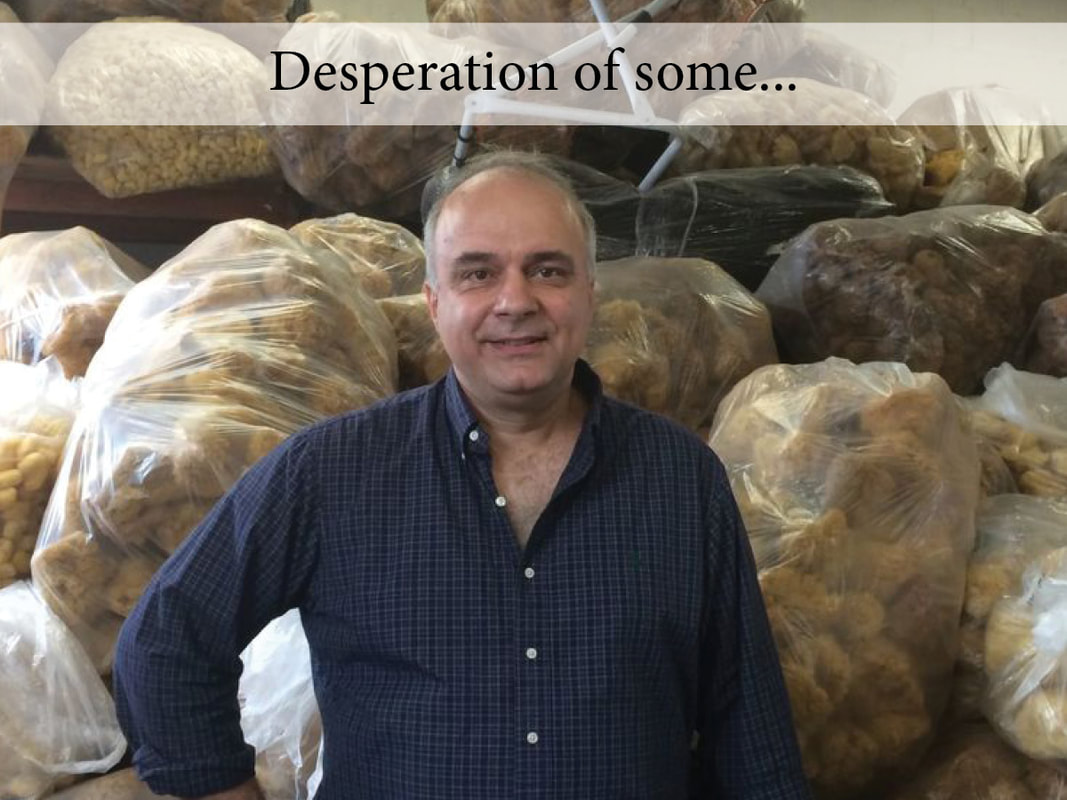
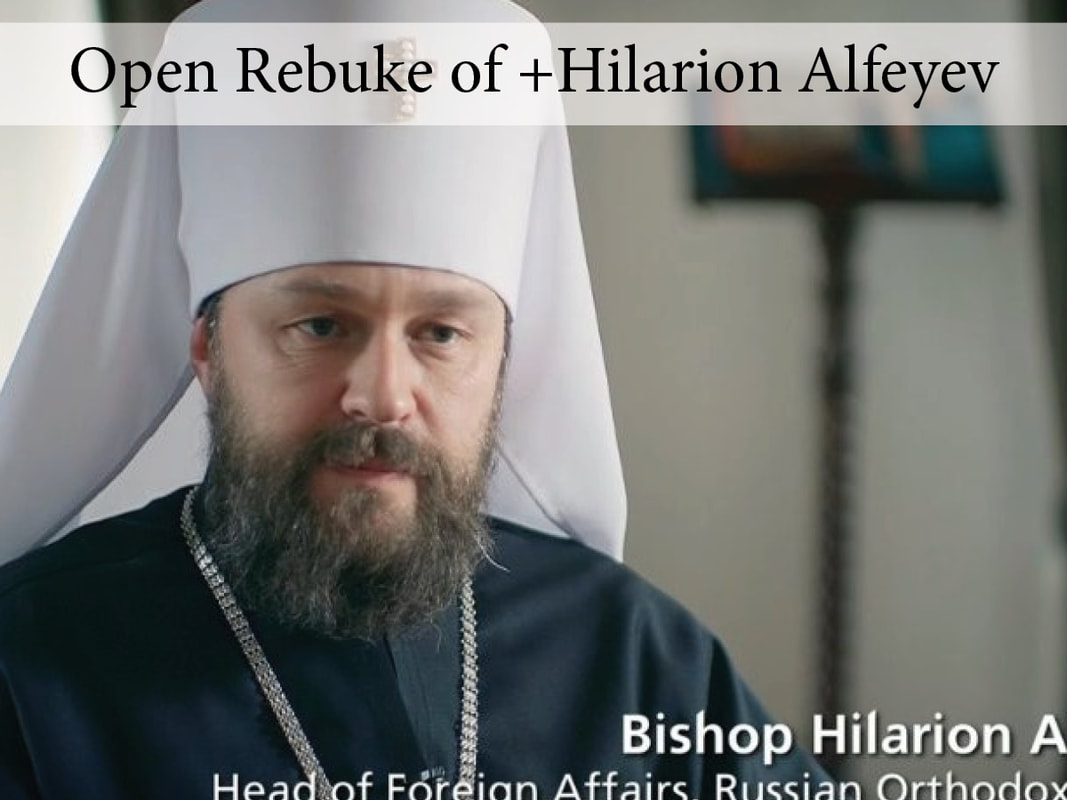
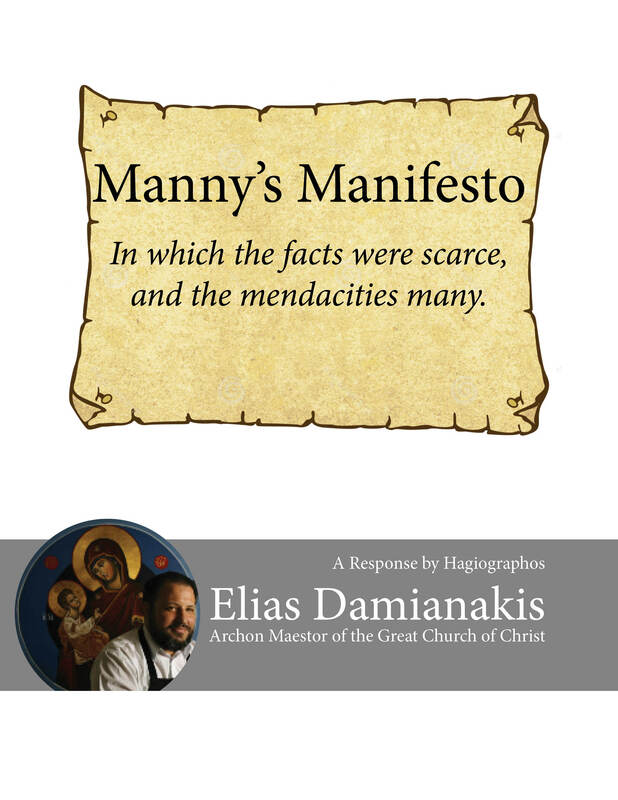
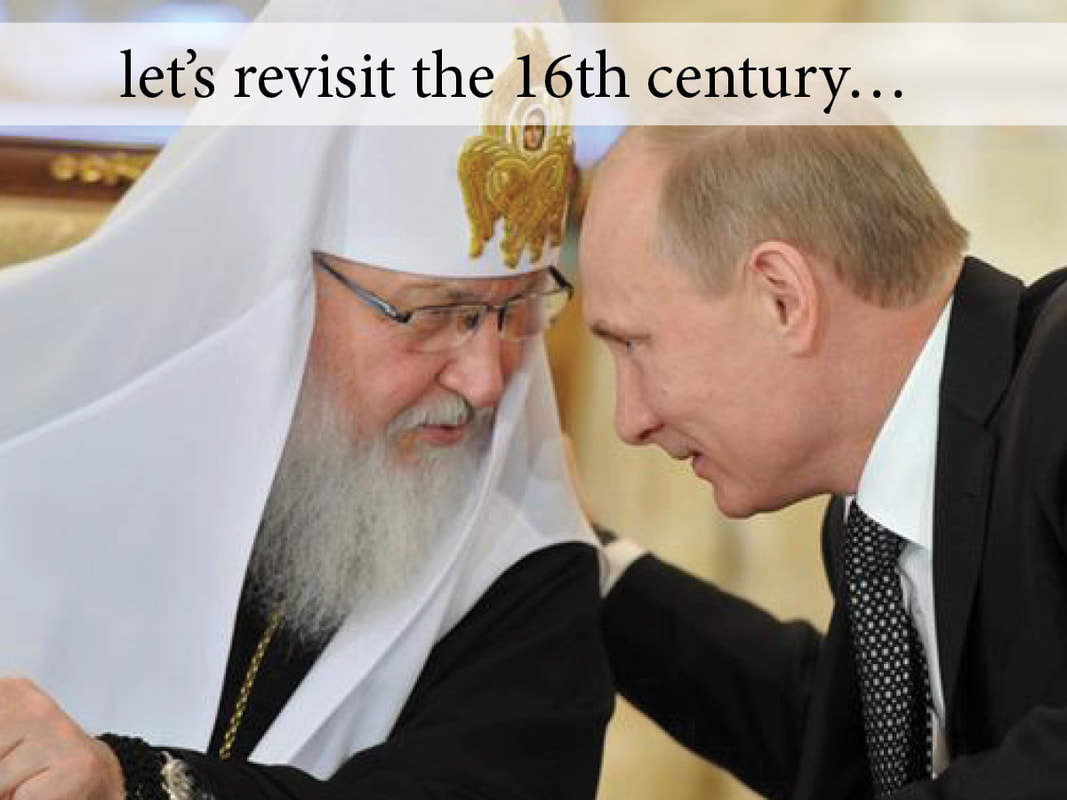
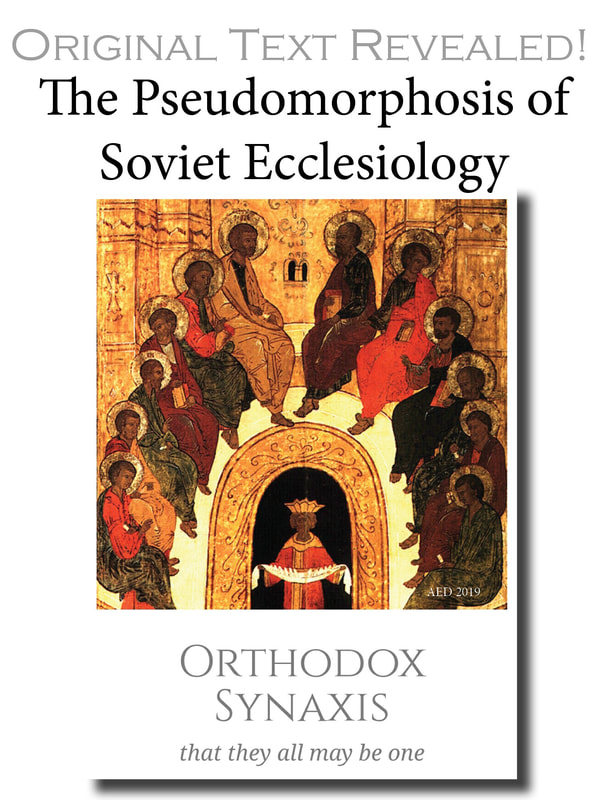
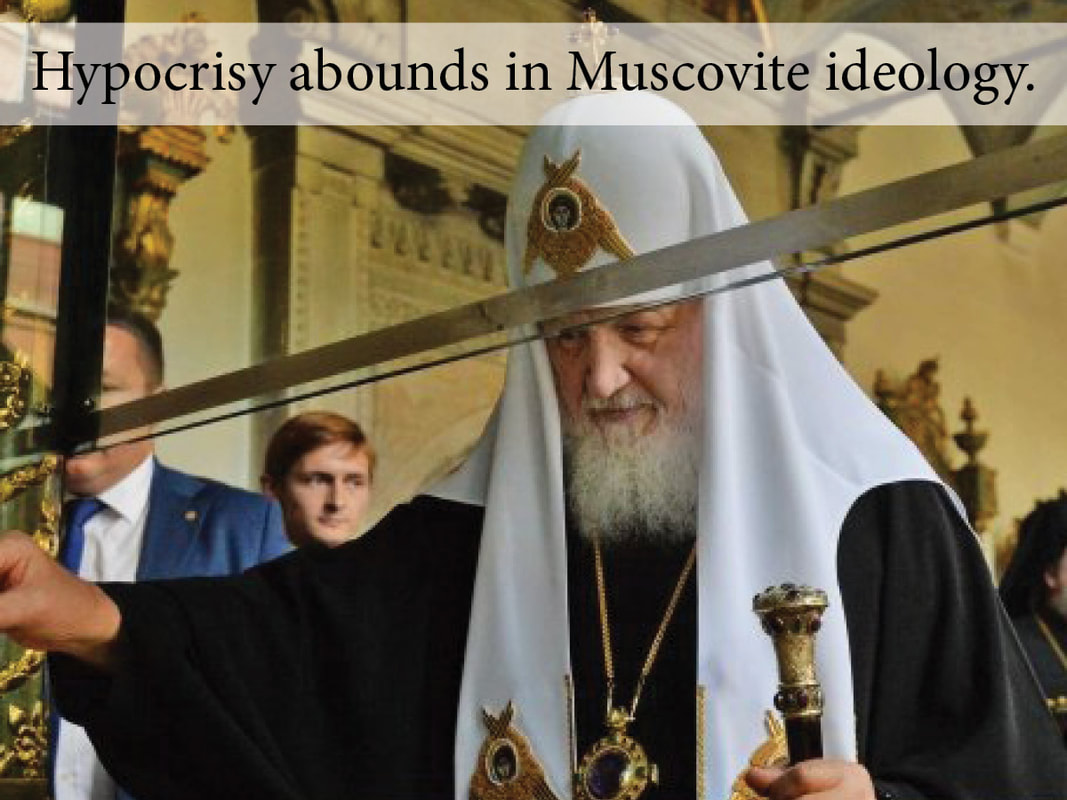
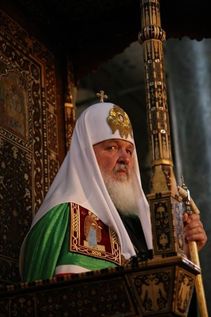
 RSS Feed
RSS Feed
